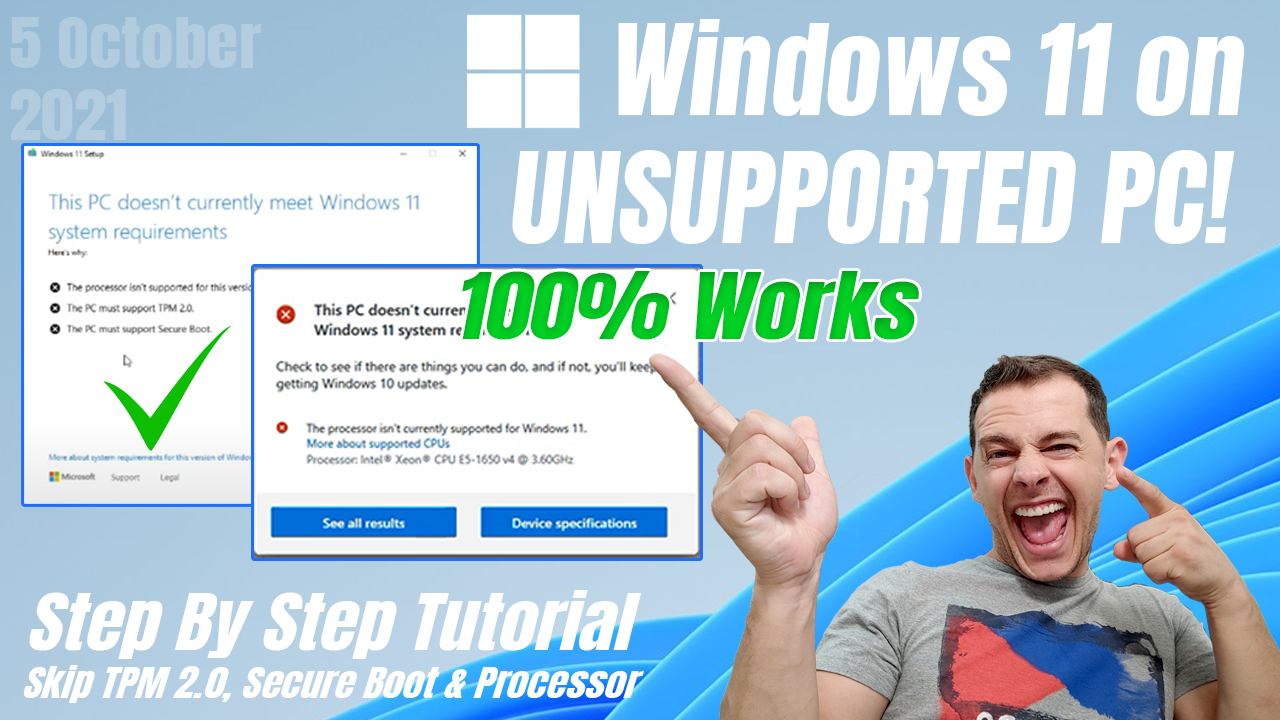I created a bootable pendrive with Windows 11, through Rufus. And am using Windows 11 after updating my Win 10. Computer is i7 4770, Bluecase BMBMH81-T (this MB AIDA64 says it's a Intel Lynx Point H81, BLUECASE is a local company which just rebranded the Haswell chipset).
The problem is, even if I tell my BIOS to boot from pendrive first, it will go directly to Windows everytime.
Do you know if for a fact Windows 11 makes our computer BIOS reject these pendrives, or it could be some issue with the pendrive itself? I created using Rufus from Windows 11 downloaded from MICROSOFT itself. When I restart the system it should go to this pendrive and ask if I want to install Windows from there.
Also, before updating Windows 10 I converted from MBR to GPT, using AOMEI Partition Assistant Standard
https://www.diskpart.com/articles/free-mbr-to-gpt-converter-7201.html
The problem is, even if I tell my BIOS to boot from pendrive first, it will go directly to Windows everytime.
Do you know if for a fact Windows 11 makes our computer BIOS reject these pendrives, or it could be some issue with the pendrive itself? I created using Rufus from Windows 11 downloaded from MICROSOFT itself. When I restart the system it should go to this pendrive and ask if I want to install Windows from there.
Also, before updating Windows 10 I converted from MBR to GPT, using AOMEI Partition Assistant Standard
https://www.diskpart.com/articles/free-mbr-to-gpt-converter-7201.html



